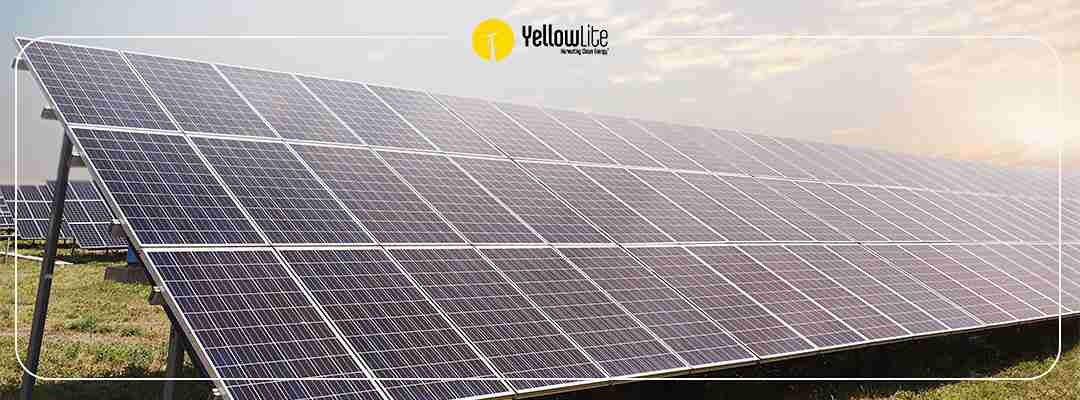To answer this question, we first have to find out how much electricity the state of Ohio generates per year. To find this answer we go to the EIA.gov website. Ohio generated 122,125 thousand megawatts of electricity in 2015, down slightly from previous years. Based on this number, we will find how big of an installation we would need and how many panels would have to be installed.
To put it another way, there was 122,125,000,000 (or right around 122 billion) kWh of electricity produced in Ohio during 2015. The next step is determining how much solar would need to be installed
For every 1 kW of installed solar, 1,318 kWh of electricity will be produced per year. To figure out how many kW of solar we would have to install, we would take the 122,125,000,000 total kWh consumed in the state and divide it by the 1,318 kWh of electricity produced by 1 kW of installed solar. In this case, in order to supply 100% of Ohio's electricity through solar, we would need to install 92,632,624 KW of solar in Ohio. This is equivalent to 92.6 GW or 92,632 MW.
We are now going to figure out the total land mass we need. For every 1 MW of solar, you would need 2.5 acres of land. This is strictly using the area of the panels themselves. In order to figure out how many total acres we would need, we would multiple the 92,632 MW of solar by 2.5 acres to get a total of 231,581 acres. There are 640 acres per square mile, so we are talking about 361 square miles of solar.
Another way of looking at this is looking at the difference between total rooftop installation capacity and the amount of land we would need for the rest. According to a study by the National Renewable Energy Laboratory, Ohio has enough rooftop capacity for 46.8 GW of solar. This would be equivalent to 46,800 MW or roughly half of the total solar we would need to power the entire state.
We can now take the difference, or 45,800 MW of capacity, and find that we would need 114,500 acres of solar, or around 178 square miles of land mass. The total amount of installed solar in the state is currently 130 MW which would equal approximately 325 acres or 0.51 square miles.
The State of Ohio has a total land mass of 44,825 square miles. So if we met the total potential rooftop capacity in the State of Ohio and then installed enough solar on the ground to meet the rest of our state's electricity needs, it would come to around 0.4% of our State's total landmass.
To gauge how much land usage this would be, we can use the 2012 National Resources Conservation Service estimate from the United States Department of Agriculture. The following picture shows the surface area of the state of Ohio and how land is being used:

Source: https://www.nrcs.usda.gov/Internet/NRCS_RCA/reports/nri_oh.html
We can see the different land appropriations. In this case, there is plenty of spare land intermingled with the different land usages to accommodate the installation of solar fields to increase solar's electrical adoption rate. Looking into the numbers, the amount of developed land in Ohio has increased by nearly 50% from 1982 (2,862,000 acres) to 2012 (4,178,000 acres). This represents an increase of 4.8% of the total landmass in the state of Ohio. Making room for solar would constitute a fraction of this increase.
How does this compare with the land usage rates for coal? We can state that the average amount of land that is disturbed by surface mining (104,000 acres) and longwall mining (13,235 acres) for the production of coal in the United States is equivalent to 183 square miles. So on an annual basis, more land mass is expended in the production of a finite, heavily polluting resource in the United States than the amount of installed clean solar energy that could meet the total electrical needs for the 7th largest state in the country (in terms of population) for an infinite period of time.
In general, the current renewable portfolio standard in the state of Ohio calls for 12.5% of our energy to come from renewable sources by 2028, with only 0.5% allocated to solar. So when we are talking about equaling the total electrical capacity for the State of Ohio, we are talking in purely theoretical terms. It would take decades, if not a hundred years to equal that type of solar adoption. Yet, it is interesting to think that our state could be completely powered (with greatly improved battery technology) by solar and think on how much land it would take.



